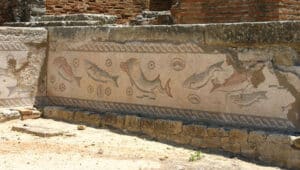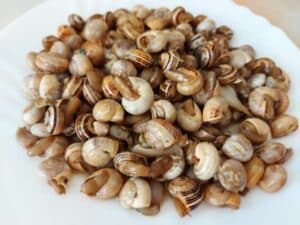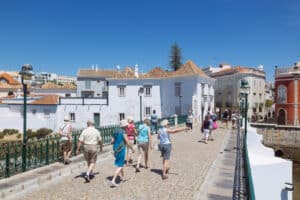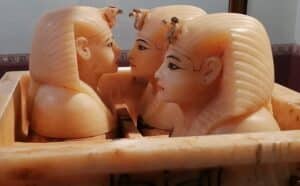Before moving to Portugal as a permanent resident, I had lived in Mauritius for three years. Earlier, I had also inhabited other parts of the African continent that were as different from each other as chalk from cheese.
Like Dar-es-Salaam, Tanzania, which is in East Africa, and Johannesburg, that was in South Africa. These two countries did not have much in common as their spoken languages were dissimilar, eating habits were diverse and even the weather patterns were varied.
Mauritius, on the other hand, was described as, “the best African destination you know almost nothing about”, by Tony Smart in the CNN travel magazine.
This island state was in the Indian Ocean, which is situated geographically in the intersection of Africa and Asia. The country was a part of the Eastern African sub region, which constituted 20 territories and was included in Africa’s small island nations, together with Comoros and Seychelles. It was also a member of the African Union.
Right! These particulars you might find while surfing online, but what you will not discover is how far the distances are between the North and South of the island or from East to West, for that matter. Despite the total land area of the country being 2,040 km2 (about 80% the size of Luxembourg), it took a minimum of 90 minutes in commuting from one end of the island to another.
Everyone had their own social circles according to the region they lived in and going the extra mile to a party was not very common here. It happened, but that was quite a rare occurrence.
Also, though people in Mauritius did not like to associate themselves with the laidback ‘hakuna matata’ (Swahili language phrase from Central East Africa that meant ‘no worries’) mindset of the rest of the continent, they seemed to have the same disregard for time. There was never any rush to get anything done and everybody followed ‘island time’, which could be anything between a few hours to a few days.
The Dodo was the national bird of Mauritius, which is now extinct. Sadly, the first European explorers ate it up in the 17th century. This three-foot tall flightless bird lived on fruit and nested on the ground. It is curious that a bird without wings could exist on an island. Experts believed the Dodo could actually fly, but once it got to Mauritius, it chose not to; it had a strange reverse evolution of trying to achieve something called ‘flightlessness’.
Aside from the phrase ‘as dead as a Dodo’, the bird’s chief contribution to literature was its cameo in Lewis Carroll’s Alice’s Adventures in Wonderland, where it staged a ‘Caucus Race’.
It’s widely believed that the Dodo was a stand-in for Carroll himself, whose real name was Charles Lutwidge Dodgson. Take the first two letters of the author’s last name and the fact that Carroll had a pronounced stutter, and you could see why he identified so closely with the long-gone Dodo.
Since I had resided in several of the African countries, before visiting any of them, my acquaintances called me first to check.
“You got mugged somewhere in Africa, right?” asked my friend on the phone.
“Dar-es-Salaam”, I replied.
“We are going to Cape Town”, she confided.
“Aha South Africa! Everything is beautiful there”, I exclaimed.
“Crime scene as extinct as the Dodo?” she questioned.
I paused to search for the right warning.
“That you will have to watch out for”, I cautioned.
By Nickunj Malik
|| features@portugalresident.com
Nickunj Malik’s journalistic career began when she walked into the office of Khaleej Times newspaper in Dubai thirty-one years ago and got the job. Since then, her articles have appeared in various newspapers all over the world. She now resides in Portugal and is married to a banker who loves numbers more than words.




















